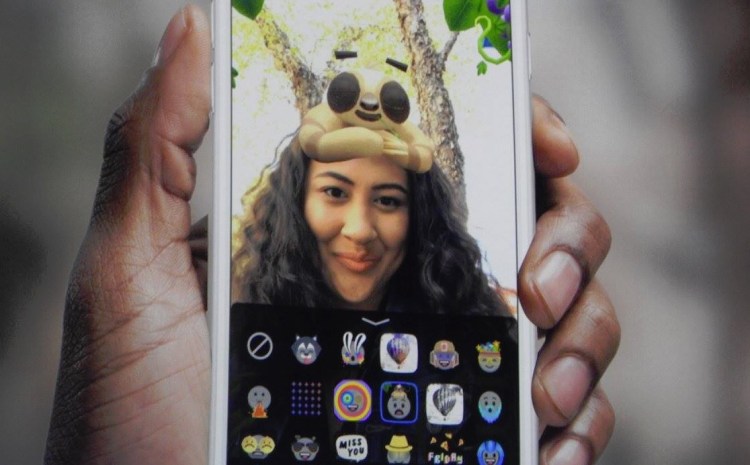testsetset
With the recent announcements of Apple’s ARKit and Google’s ARCore, the hype is building around AR becoming the next big thing after smartphones — the computing form factor that has dominated consumer technology in the past decade. As such, it’s become common to compare the emergence of AR to the rise of smartphones. After all, AR has the potential to have a global impact as massive as that of smartphones in the past decade. Some have even gone as far to claim that the death of the smartphone is imminent and inevitable at the hands of AR. However, to understand the rise of AR, we should look at the dotcom boom, not smartphones.
AR, like the internet during the dotcom boom, is an entirely new and unique medium. When dial-up internet became a common household feature, we were suddenly able to communicate in ways that were simply not possible before. We no longer had to telephone or visit people in-person; we could send them an instant message on AOL Instant Messenger. This may seem trivial today but at the time it was revolutionary. Yet during that era, it was generally unclear how to best harness the internet to unlock its full potential. We lacked case studies and context.
In contrast, by the time smartphones came around, we already had the example of desktop web browsers such as Netscape to give us context to navigating the internet, albeit in a much smaller and portable format. Even though the form factor changed, we were still interacting with a 2D browser, 2D content, and 2D applications.
Unknown form factor
We have no existing context for the next form factor that will emerge, most likely augmented reality “smart glasses.” For ubiquitous AR to function at a mass consumer scale, we’ll have to build an entirely new 3D internet from scratch that overlays the real world and interacts with people, objects, and environments in ways that have yet to be defined and invented.
What will a website look like when we are walking around inside of a 3D internet? Will that idea even make sense anymore? What will happen to society when 80 percent of the population walks around with cameras on their faces, constantly scanning and recording their immediate environment? How will we engage with 3D objects overlaid in our world when our primary method of interaction is our hands and fingers? How will hackers be able to disrupt our lives when they can literally augment our world?
It’s unclear how this will play out, and these are the problems we already know about. How will we deal with the inevitable “unknown unknowns” as AR becomes ubiquitous? These are the same types of questions that tech entrepreneurs were asking during the dotcom boom.
Dangers to the market
For all the revolutionary promise of the internet, the dotcom boom turned to bust in a market crash that wiped $5 trillion off the total value of companies in the tech sector. Skeptics warn that the AR market is similarly overhyped. While any emerging sector will have doubters, their argument is given credence by the high-profile failure of some high-end AR headsets like Google Glass, which showed us that AR wearables can cause anxiety in a population already worried about the rise of the machines.
Like the dotcom crash, the potential doom for AR could be rooted in billions of dollars being invested in poorly designed and useless products that should never have been built in the first place. Many of the early iOS AR apps that have been released are cumbersome and battery-draining, and, worst of all, it’s often unclear why AR is a value-add to the purpose of the applications.
Is it really useful to be able to drop a 3D model of a car into the kitchen? How often are we realistically going to need to place Ikea furniture into our living rooms? On top of this, early iOS AR apps drain battery life at a frightening pace and will likely deter people from frequently engaging in mobile AR experiences. Until AR companies can build apps that have a practical day-to-day utility and enable us to do things that were previously impossible, smartphone AR may remain a novelty at best.
The rise of AR will be unpredictable for all of its stakeholders, who will have to be patient in waiting for this medium’s potential to truly emerge. In this sense, it’s like the dotcom boom — an exciting and unknown frontier waiting to be built and carved into being — but also fraught with peril, as the “rules” of this new space are still very unclear, even to its nascent experts.
Michael Park is the CEO and founder of PostAR, a platform that lets you build, explore, and share augmented realities.

